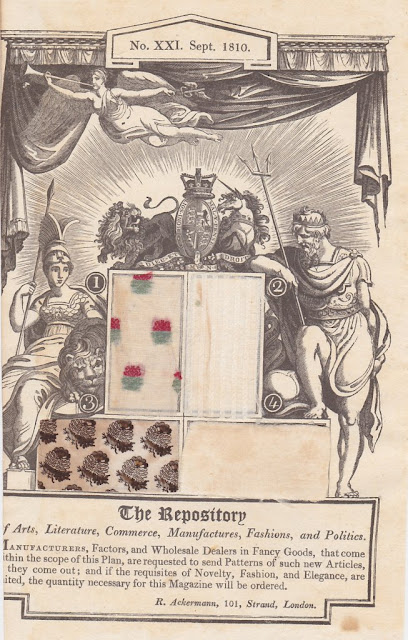Once upon a time, a previous publisher invited me to write a story for an anthology on the theme of June Brides. Perhaps it was that song from Seven Brides for Seven Brothers (“Oh they say when you marry in June, you’re a bride, all your life,” perhaps it was all the talk about brides being such a “thing” in romance, perhaps it was the humor that pokes up from time to time in my writing. But the title that sprang into my head was The June Bride Conspiracy.
Hm.
The story quickly grew, centered around a Regency James Bond who wanted to retire and his sweetheart who wasn’t so sure she could compete with the glamor he’d once known.
I guess I’m old school, but I can’t imagine a more dashing James Bond than Sean Connery, with the possible exception of Pierce Brosnan. My father was a huge James Bond fan—he had me read Ian Flemming when I was in high school and see all the movies even if we had to rent them. So it’s little wonder that Allister Fenwick, Lord Trevithan, should bear a striking resemblance in word, action, and looks to an idealized James Bond.
The novella was hands down the easiest story I ever wrote. The words flowed, the plot came together, the characters sparkled. When people ask me my favorite among the stories I’ve written, The June Bride Conspiracy is always near the top of the list. It was earned my first “Top Pick” from RT Book Reviews, a rare honor for the industry publication.
But as I drew the story out to polish up for republication, I found myself surprised. The novella seemed to have changed, or, better stated, I’d changed. Places that had to be tightened to fit the space for a novella cried out for more.
So I gave it more--15,000 words, to be precise.
The June Bride Conspiracy is now available, deeper, stronger, and more vibrant than ever before. I hope you’ll give it a try.
Engaged to the dark and dashing Lord Trevithan, Joanna Lindby should be the happiest of ladies in Regency London. But every once in a while she wonders—why would this enigmatic lord choose her? She’s shy, quiet, unassuming, never arguing, always polite. But when a note arrives calling off the wedding, Joanna vows that she will be married in June, no matter the cost.
England’s top intelligence agent Allister Fenwick, Lord Trevithan, is shocked when his demure fiancée demands an explanation. He never sent that note. Someone is trying to come between them. Though Allister promised himself he would leave the world of espionage behind, he cannot help but be drawn into this case, if only to protect his surprisingly headstrong bride-to-be. Yet, is it an old enemy or an old friend causing the mischief? Can a little espionage unmask hidden hearts in time for a June wedding?
England’s top intelligence agent Allister Fenwick, Lord Trevithan, is shocked when his demure fiancée demands an explanation. He never sent that note. Someone is trying to come between them. Though Allister promised himself he would leave the world of espionage behind, he cannot help but be drawn into this case, if only to protect his surprisingly headstrong bride-to-be. Yet, is it an old enemy or an old friend causing the mischief? Can a little espionage unmask hidden hearts in time for a June wedding?
You can find it at the following online retailers:
Coming shortly to Barnes and Noble, iBooks, and Kobo as well. Enjoy, and happy Independence Day next week. Marissa and I will be celebrating with our families, so we’ll catch up with you the week of July 10th.





























